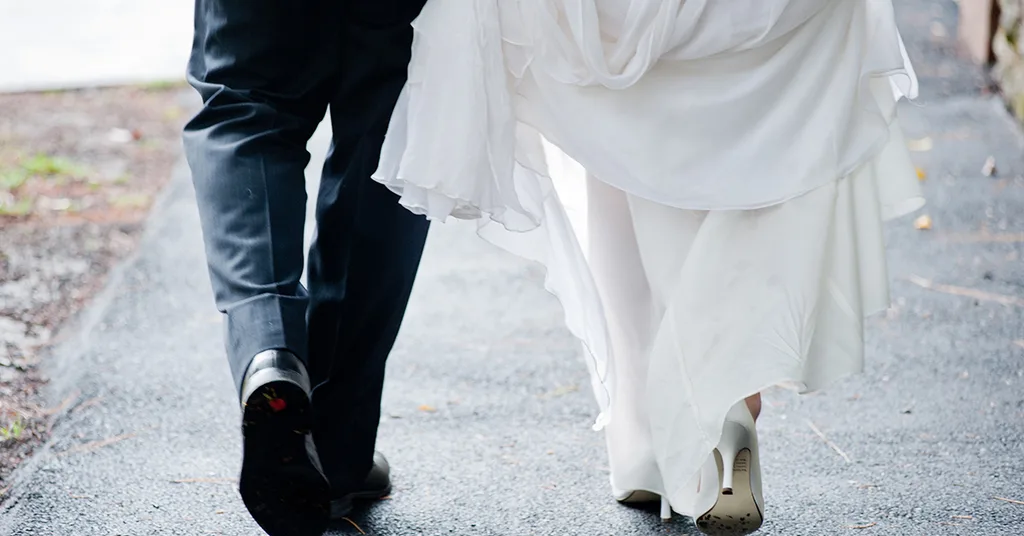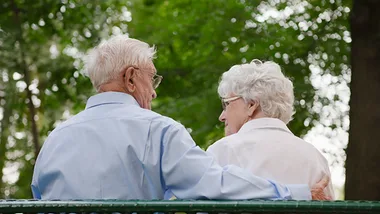Kate, 27, had been seeing Tim, 29, three or four times a week for just over a year when her parents flew into town for a week-long visit.
It was your typical 20-something relationship – dinners, movies, sleepovers, drinks, long Sunday brunches, and constant text contact when they were apart – except for one detail: to Tim, it wasn’t a relationship at all.
“We were walking back to his apartment after dinner one night, when I mentioned Mum and Dad were keen to take us to lunch the next day,” Kate says. “He stopped dead, dropped my hand like it was hot and just stood there gaping at me. ‘You know this is just casual, right?’ he finally sputtered out. ‘I mean, it’s not like we’re together. I just don’t have time for a relationship right now’.”
It turned out Tim had been dating other girls all along – girls he met online, girls he met on dating app Tinder, girls he met at work, even a girl from Kate’s work. For someone with no time, he certainly had been busy.
“My mum was horrified, but to me and my friends, what happened is pretty normal,” Kate says. “Why would anyone commit to one person when you can log on to Tinder and take your pick from hundreds?”
If marriage rates are anything to go by, it seems an increasing number of young Australians feel the same way. The number of marriages per year has been in decline since 1986, falling most steeply in recent years. The latest Australian Bureau of Statistics (ABS) figures showed just 118,962 marriages took place in 2013, a decrease of 3.5 per cent on the previous year. The most recent ABS census, conducted in 2011, showed that just 49 per cent of the population over the age of 15 is married, compared to 62 per cent in 1986. Of the people who do marry, they are doing it later than ever before. In 1986, the median age of first marriage was 25.6 for men and 23.5 for women. In 2013 it was 31.5 for men and 29.5 for women.
At 24, Jess is six months older than the average 1980s bride, but can’t fathom committing to a man long enough to call him her “boyfriend”, let alone promising to remain faithful to him forever. A self-described Tinder addict, Jess has dated 15 men so far this year. The longest romance lasted two months and while she really liked the guy, she just couldn’t shake the feeling that there might be someone better out there.
“I have severe FOMO [fear of missing out] and even though we got along so well and I really loved spending time with him, I was just always looking at other guys on Tinder and thinking, ‘What if I’m missing out on meeting The One, because I’m at home eating takeaway with this guy?’”
And thanks to social media, it has never been easier to access potential Mister – or Miss – Rights. Tinder, the most popular dating app in the country, currently boasts more than 3.5 million Australian users, or 15 per cent of the population, each of whom view an average of 15 profiles every day. Yet has the glut of choice made it harder to commit to just one person?

Relationships Australia spokesman Matt Garratt has been working as a counsellor in New South Wales for 17 years and has watched social media and the internet change the way intimate partnerships are formed.
“Yes, it has made it easier to make contact with numerous potential partners, yes, it has increased the opportunities for casual sex, but this hasn’t changed people’s desire for an exclusive relationship,” he says. “Young people have been ‘sowing their wild oats’ for decades. I grew up in the 1970s and people were having the same conversation. The vast majority of young people today, like those in generations before them, see themselves settling down and having an exclusive, committed relationship and, if anything, social media is actually helping people find the person they want to have that relationship with. More than half the couples we see met online, something that just wasn’t possible 15 years ago.”
James, 31, has been an enthusiastic user of Tinder for two years and says it has been a God-send for him and his time-poor friends, who are too busy working to go out and meet girls. “I work 60-hour weeks and work always comes first,” he says.
“Without Tinder, I would be a complete hermit. It makes it easy for me to meet like-minded girls to have a bit of fun with in my rare time off without having to commit to a relationship, which I just don’t have time for.”
Yet in a society where casual sex with multiple partners is increasingly socially acceptable, the boundaries of relationships can become blurred.
In previous generations, if you were having sex with someone, you were most likely in a serious relationship with them. Today, some people and it hard to know where they stand.
“I have no problems ¬ finding men to hook up with, but I don’t know how to build that contact into a proper relationship,” Sarah, 23, says.
“It can be a bit of a mine¬ field. Like, when does sleeping together and spending all your time together stop being a fling and start being something more?”
It’s a question plaguing a lot of young would-be Romeos and Juliets, but Matt says it’s typical of their age and not a sign that social media is ruining their ability to form relationships.
“They’ll be astounded by how quickly they ¬ find someone to commit to and who wants to commit to them, once they’re ready to settle down,” he says.
“Your 20s is a difficult time, where you start wondering, ‘Will I ever ¬ find the person of my dreams?’ The proliferation of casual sex can heighten that feeling of, ‘Is this all there is?’, that strikes many young people, but the concept isn’t new. People are dealing with these questions a bit later in life now, but they’re the same concepts people have been grappling with for decades.”

However, while the vast majority of Australians, young and old, are seeking committed relationships, a small but increasing number are turning their backs on monogamy in favour of other arrangements. Dr Niko Antalffy, a lecturer at Sydney’s Macquarie University and expert on “polyamory”, started experimenting with open relationships 17 years ago when she was 23, long before social media or Tinder. She lives in an open relationship and says she was simply born that way. She says her lifestyle has become more accepted in recent years, but is by no means the norm, nor does she ever expect it will be.
“Commitment is not in danger and I don’t believe marriage is going to become outdated as a social institution,” she says. “The current same-sex marriage debate proves that a very large segment of the population is still very interested in marriage. Most people will opt for monogamous relationships.”
Another sign of the enduring nature of monogamy is the current boom in Australian couples renewing their vows. “It’s an epidemic,” Matt Garratt says. “People are renewing their vows after 10, 15, 25 years of marriage. As the world becomes more complex and the boundaries of relationships become more blurred, there is an equal push to make our important relationships more important. There is no way monogamy will die.”
Indeed, Kate, Jess, James and Sarah all say they see themselves settling down eventually and hope to get married and have children in the future. Asked about their friends, they only knew two people who weren’t planning on marrying or starting a family, and one of those, “doesn’t really mean it. She’s just bitter because she’s just had a really bad break-up”.
And where do they expect to meet the future loves of their lives?
“Probably online,” James says. “It’s actually much easier getting to know someone via text and email than just picking some random up in a club.” Says Sarah, “Social media de¬finitely lets you be more picky. If you only like tall surfers with French bulldogs who live in Bondi, speak Spanish and love their mums, you might die looking in real life but, log onto Tinder at 2pm on a Tuesday and you could be sipping sangria and mentally planning your wedding by 6pm. It’s quite amazing when you think about it like that.”
You might also like: Ashley Graham Becomes Sports Illustrated’s Second Ever Plus Size Model



